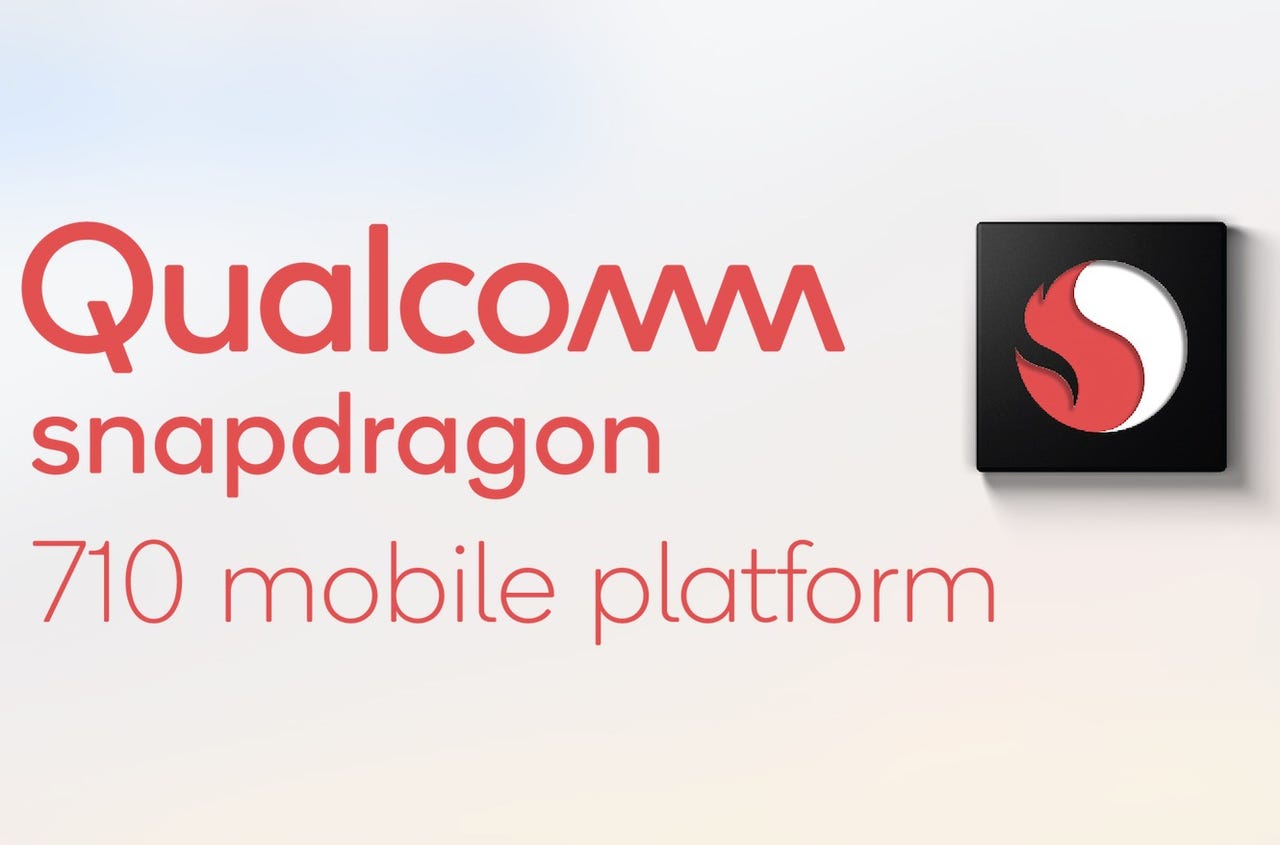Qualcomm launches Snapdragon 710 platform in mobile AI, neural networking push


Qualcomm has announced the Snapdragon 710 mobile platform, designed to push high-tier smartphones into the world of artificial intelligence (AI).
Featured
The US chipmaker said on Thursday that the Snapdragon 710 "is designed with highly efficient architectures for artificial intelligence, featuring a multi-core AI Engine and neural network processing capabilities."
The platform is the first in Qualcomm's new 700-tier portfolio. The tech giant hopes that the upcoming range of products in the line will bring "select premium-tier features to a broader audience," as well as provide consumers with more than we currently expect from high-end mobile devices.
In addition, new architectures are now on offer which "significantly" improve performance over the 600-tier.
A multi-core AI Engine is one of the key improvements Qualcomm has made. According to the company, the Snapdragon 710 platform is able to deliver up to two times the performance of the Snapdragon 660 when running AI applications, including AI- and neural networking-backed photography and voice systems.
Read on: Microsoft vs Google: Expect bots to sound more human after Semantic Machines deal
Qualcomm's engineers have been working on ways to utilize artificial intelligence and neural networking in personalized applications. This has moved the company towards the direction of contextually-aware image and video capture -- such as with the introduction of deep portrait modes and depth sensing.
In addition, the new Qualcomm SpectraTM 250 ISP has been designed for improved low-light photography and video, image stabilization, and rapid autofocus capabilities.
The Snapdragon 710 platform also supports 4K HDR playback for viewing HDR videos and apps, which has only been seen so far in the 800-tier.
The new mobile platform supports the Snapdragon X15 LTE modem for up to 800Mbps download speeds, as well as 4x4 MIMO technology - on up to 2 aggregated carriers -- for faster speeds in areas with poor reception.
New 710 architectures include the Qualcomm HexagonTM DSP, Qualcomm AdrenoTM Visual Processing subsystem, and Qualcomm KryoTM CPU.
According to Qualcomm, the new hardware provides up to a 40 percent reduction in power consumption for gaming and HDR video playback, as well as a reduction of up to 20 percent when streaming video in comparison to Snapdragon 660.
In addition, when compared to the same legacy platform, the Kryo 360 architecture -- built on ARM CortexTM -- offers an improvement in performance of up to 20 percent, 25 percent faster web browsing, and app launch times which are up to 15 percent quicker.
When combined with Quick ChargeTM 4+ technology, Qualcomm says users can charge their batteries up to 50 percent within 15 minutes.
The Snapdragon 710 mobile platform is now available to vendors and is expected to be found in consumer devices in Q2 2018.
See also: Qualcomm, Microsoft 'Always Connected' PCs to hit store shelves
"The Snapdragon 710 mobile platform is the first in the newly defined and highly significant 700-tier, offering technologies and features previously only available in our premium-tier mobile platforms," said Kedar Kondap, vice president of product management at Qualcomm. "By incorporating key AI capabilities and performance advancements, the Snapdragon 710 is designed to transform our customers products into the ultimate personal assistant, enhancing critical everyday consumer experiences [...] without sacrificing battery life."
In February, Qualcomm revealed the latest in the tech giant's high-speed modem line, the Snapdragon X24 LTE modem.
The new product is built on a 7-nanometer FinFET process and increases support for speeds of up to 2Gbps in preparation for 5G networks due to launch in 2019.